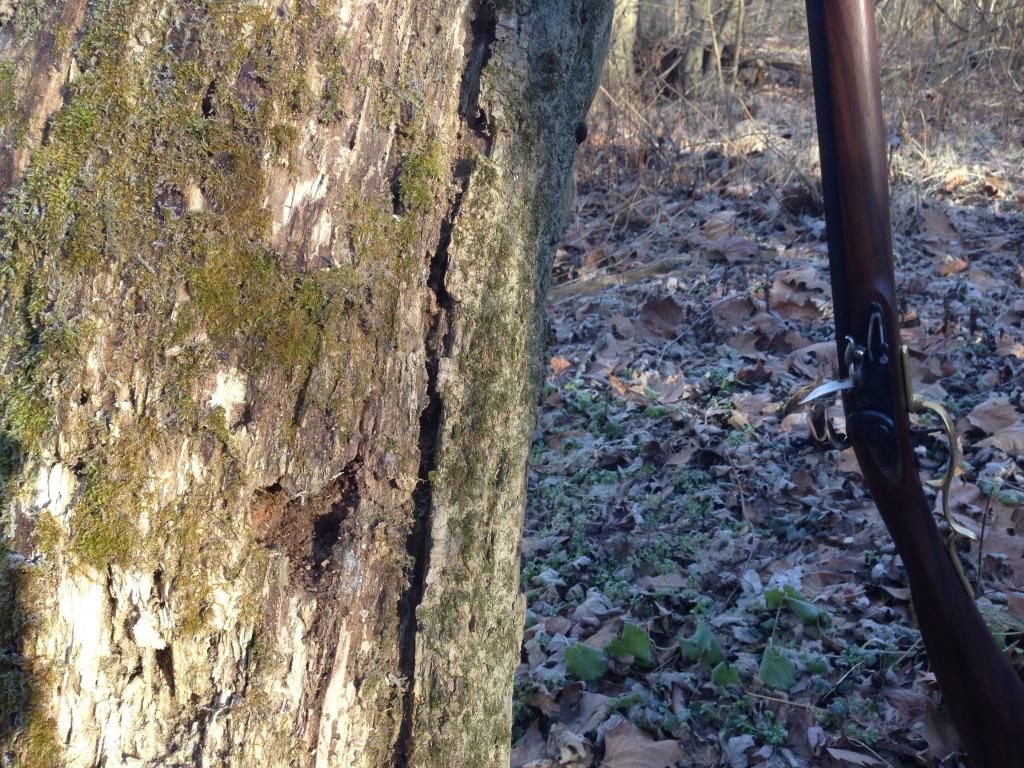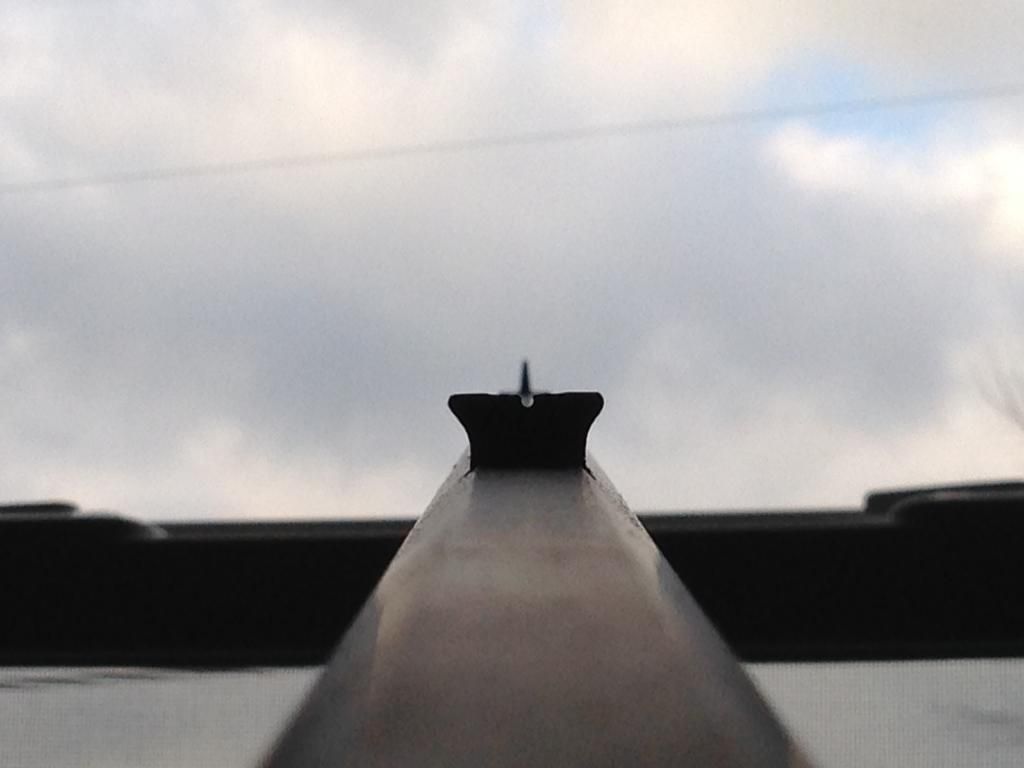Travis; Take a look at my article
www.chuckhawks.com/flintlocks.htm
Its about tuning and shooting flintlocks.
You don't say where the touch hole is located in relationship to the top edge of the pan, but you need .030" of space between the top of the powder and the vent for good ignition. Not many builders put the holes that high, so you have to bank the powder away from the vent, to get ignition.
Also, you don't mention using a vent pick through the vent to poke a hole in the powder charge before priming. The hole exposes lots or powder granules to the heat from that burning prime, and provides oxygen ( in that hole) to suck the fire into the charge. Use FFg powder in flintlocks, because the larger granules leave more oxygen in and around each granule, than does FFFg. You also don't want to compact the FFg powder charge, either by holding the barrel straight up, so that the powder falls all the way to the breech when you pour the powder into the muzzle, or by compressing the powder with your PRB. Just seat the PRB on the powder so you can feel a slight amount of grinding when the ball touches. . Mark the rod for your permanent load, and load to the mark thereafter. You will find its much easier to load to the mark if you clean between every shot, rather than after 3 shots. And, your accuracy will be much better, too. If you choose to continue to clean only after 3 shots or more, you will need to have a bore brush handy to help you get rid of the crud ring that developes right where the PRB is seated.
The frizzen has a boot heel that is the cam on the frizzen spring. Its sound like that needs to be polished, too, and probably re shapened. The frizzen should open with no more than 1.5 lbs. of tension put on the top of the frizzen. See my article. The true test of a good lock is that it will spark well, without a frizzen spring in the lock. Think about it: the only job that spring has to do is keep the frizzen closed when you point the muzzle downward. It is not there to provide resistance to the flint!
Next, the flint should be scraping steel bits off the face of the frizzen, and not gouging out steel. Ckeck the angle at the point of contact where the flint edge and the frizzen face meet. The angle should be close to 60 degrees, with the center being the POI, the bottom leg of the angle being a line from that point along the top of the BOTTOM JAW of the ****, and the top arm of the angle being a line from the point of impact, to the top of the face of the frizzen. You may have to enlist the help of a friend in holding the protractor and a straight edge to get this measurement, but with good hands, I have done this for years all by myself.
Check the mainspring tension, too. I describe how in the article. There is no reason for a 30 lb. mainspring, and I have seen many springs that are that strong, and stronger. 15 lbs. is more than enough to spark the frizzen.
Since I wrote that article I have learned another thing to do with that main spring, and that is to give it some Wrist action. You do that by grinding or filing a short, steep bevel into the hook at the end of the long arm, and then file the long slow tapered bevel from the point 1/5 from the bottom of the V, to the short bevel. This short bevel allows that last half inch of the spring arm to flex more than the rest of the spring, altho not by much. You want the entire arm to flex as one unit, so you don't wear out the spring.
The affect of this kind of shaping of the mainspring allows the whole arm to move the tumbler around its axis, as the **** is rotating forward in its fall. Most locks have the full **** notches set so that the **** goes back beyond the 90 degree position, so that the flint has to climb back to the 90 degree position before it can begin gaining speed going forward. That wrist action helps to slam that flint into the frizzen faster as the tumbler is turned down over that 90 degree position, and is now using gravity to help it gain speed in rotation. Done right, you should see just a slight amount of bending at that short bevel when the **** is at full ****. Otherwise, the entire working arm should be straight. I call it a " wrist " because it reminds me of watching a baseball pitcher's arm at the height of his pitch.
If you have questions, please feel free to ask me. I think we can get that flint giving you 100 sparks if you will have the courage to do the things you need to do to tune that lock. And, in the process, we can get you having 100% reliable ignition. The load you have is okay for a .50 cal. Its a very hot load in a .45, where 60 grains will give you more than 1900 fps. In a 50, 80 grains should give you 1650-1700 fps.
You can tighten your groups by using OP wads, or a fller between the powder and PRB, as well as lubricating the barrel in front of the PRB with a heavily lubed cleaning patch. For speed, have them already lubed in a separate baggie, and after you have started the PRB down the barrel with your short starter, put the lubed patch on the muzzle and drive it and the PRB down together. Your jag will then pull out the lubed cleaning patch for you to use again. Lubing the barrel increases MV a little, but reduces your SDV a lot. It fully coats the barrel with lube so that powder residue is kept damp, and is much easier to remove. Excess lube is simply swept up by the patch around the ball, feeding it extra lube to keep it moist, and free from being burned with those heavy charges of powder behind it. If you use the OP wad, or fillers, the burned patch issue is taken care of, but the extra lub seems to help accuracy anyway.







